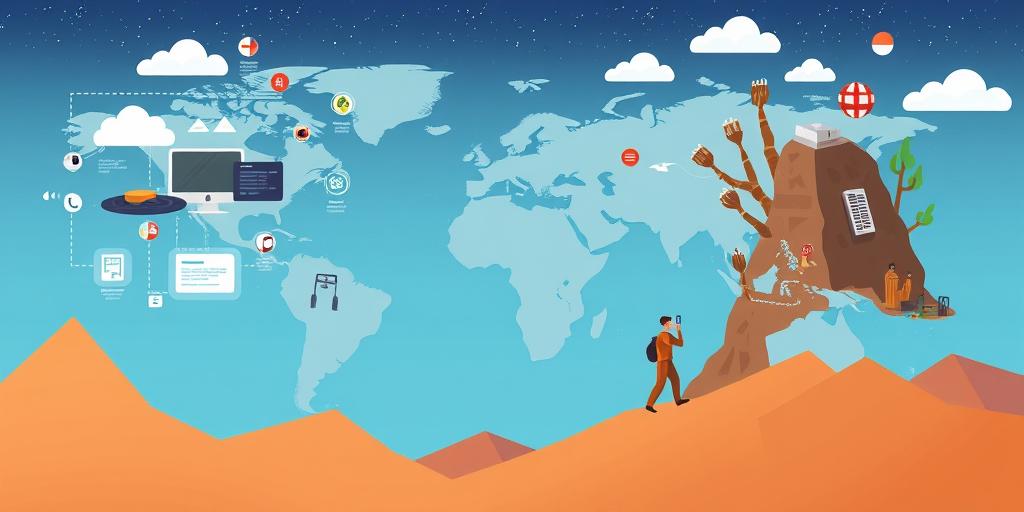The Role of Technology in Global Inequality
Technology has become an integral part of our lives, transforming industries, connecting people, and driving economic growth. However, its impact on global inequality is a complex and multifaceted issue. While technology has the potential to reduce inequality by providing access to education, healthcare, and economic opportunities, it can also exacerbate existing disparities and create new forms of inequality.
The Positive Impacts of Technology on Global Inequality
- Increased Access to Information and Education: Technology has democratized access to information and education, particularly in developing countries. Online learning platforms, educational apps, and digital libraries have made quality education more accessible and affordable, regardless of geographic location or socioeconomic status.
- Improved Healthcare: Telemedicine, mobile health apps, and remote monitoring devices have improved healthcare access and outcomes in underserved communities. These technologies enable healthcare providers to reach patients in remote areas, diagnose diseases earlier, and provide more personalized care.
- Economic Empowerment: Technology has created new economic opportunities for individuals and small businesses, particularly in developing countries. E-commerce platforms, mobile payment systems, and online marketplaces have enabled entrepreneurs to reach new markets, access capital, and grow their businesses.
The Negative Impacts of Technology on Global Inequality
- Digital Divide: The digital divide, or the gap between those who have access to technology and those who do not, is a major driver of global inequality. People in developing countries, rural areas, and low-income communities often lack access to the internet, computers, and other digital devices, limiting their ability to participate in the digital economy and access online resources.
- Automation and Job Displacement: Automation and artificial intelligence (AI) are increasingly displacing workers in manufacturing, agriculture, and other industries. This job displacement disproportionately affects low-skilled workers, who are often unable to find new jobs in the digital economy.
- Increased Concentration of Wealth and Power: Technology has contributed to the concentration of wealth and power in the hands of a few individuals and companies. The rise of tech giants like Amazon, Apple, and Google has created unprecedented levels of economic inequality, as these companies capture a disproportionate share of the global economy.
Addressing the Challenges of Technology and Global Inequality
- Bridging the Digital Divide: Governments and organizations must invest in infrastructure, education, and training to bridge the digital divide and ensure that everyone has access to technology.
- Investing in Education and Training: Education and training programs must be updated to prepare workers for the jobs of the future. This includes providing training in digital literacy, coding, and other in-demand skills.
- Promoting Inclusive Innovation: Governments and organizations must promote inclusive innovation by supporting startups and small businesses that are developing technologies that benefit marginalized communities.
Conclusion
Technology has the potential to be a powerful force for reducing global inequality. However, it is important to be aware of the potential negative impacts of technology and to take steps to mitigate these risks. By bridging the digital divide, investing in education and training, and promoting inclusive innovation, we can ensure that technology benefits everyone, not just a privileged few.









